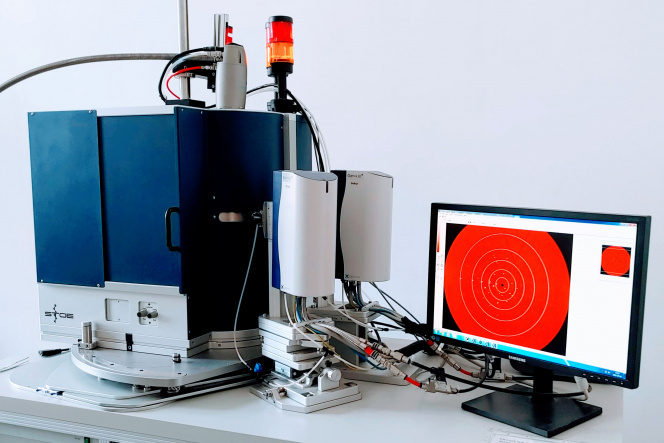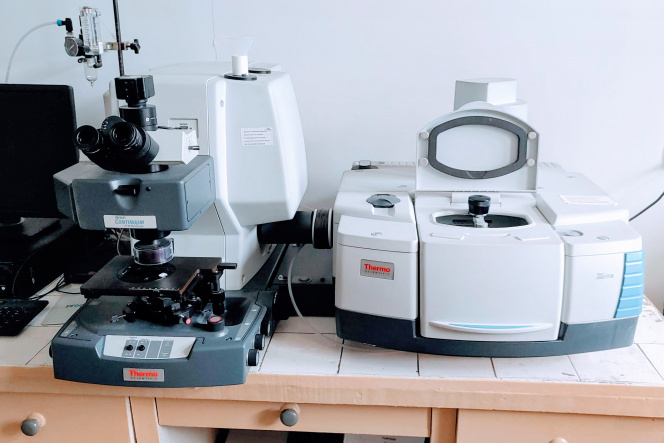The Department of Inorganic Chemistry has a Structural Research Laboratory equipped with modern research equipment purchased from the projects of the National Science Center and the Ministry of Science and Higher Education:

Schlenk lines
approx. 10 workstations for work in an inert gas atmosphere equipped with vacuum-argon/nitrogen Schlenk lines
We offer cooperation in the following areas:
- determination of the structures of chemical compounds in the crystalline form by means of X-ray structural analysis
- measurements of UV-Vis and NMR spectra in solutions
- measurements of FT-IR spectra in a solid state (microscope, diamond ATR attachment) and in solutions
- synthesis of oxygen and water-sensitive organometallic, organophosphorus and other compounds using vacuum-argon lines
At the moment, we cooperate with with the Faculty of Pharmacy of the MUG in Gdańsk, the Faculties of Chemistry of the University of Gdańsk, Adam Mickiewicz University in Poznań, the University of Wrocław, UMCS in Lublin, the Institute of Chemistry of the Jan Kochanowski University in Kielce, UFPE Recife in Brazil, Karlsruhe Nano Micro Facility, Institut für Nanotechnology, Institut für Anorganische Chemie in Karlsruher Institut für Technologie (KIT), Karlsruhe (Germany), Consiglio Nazionale delle Ricerche (CNR) and Istituto di Chimica dei Composti OrganoMetallici - ICCOM, Florence (Italy), Institut für Anorganische Chemie, Universität Stuttgart, Stuttgart (Germany), National High Magnetic Field Laboratory (NHFML), Tallahassee (USA), Department of Chemistry, University of Idaho, Moscow (USA).








